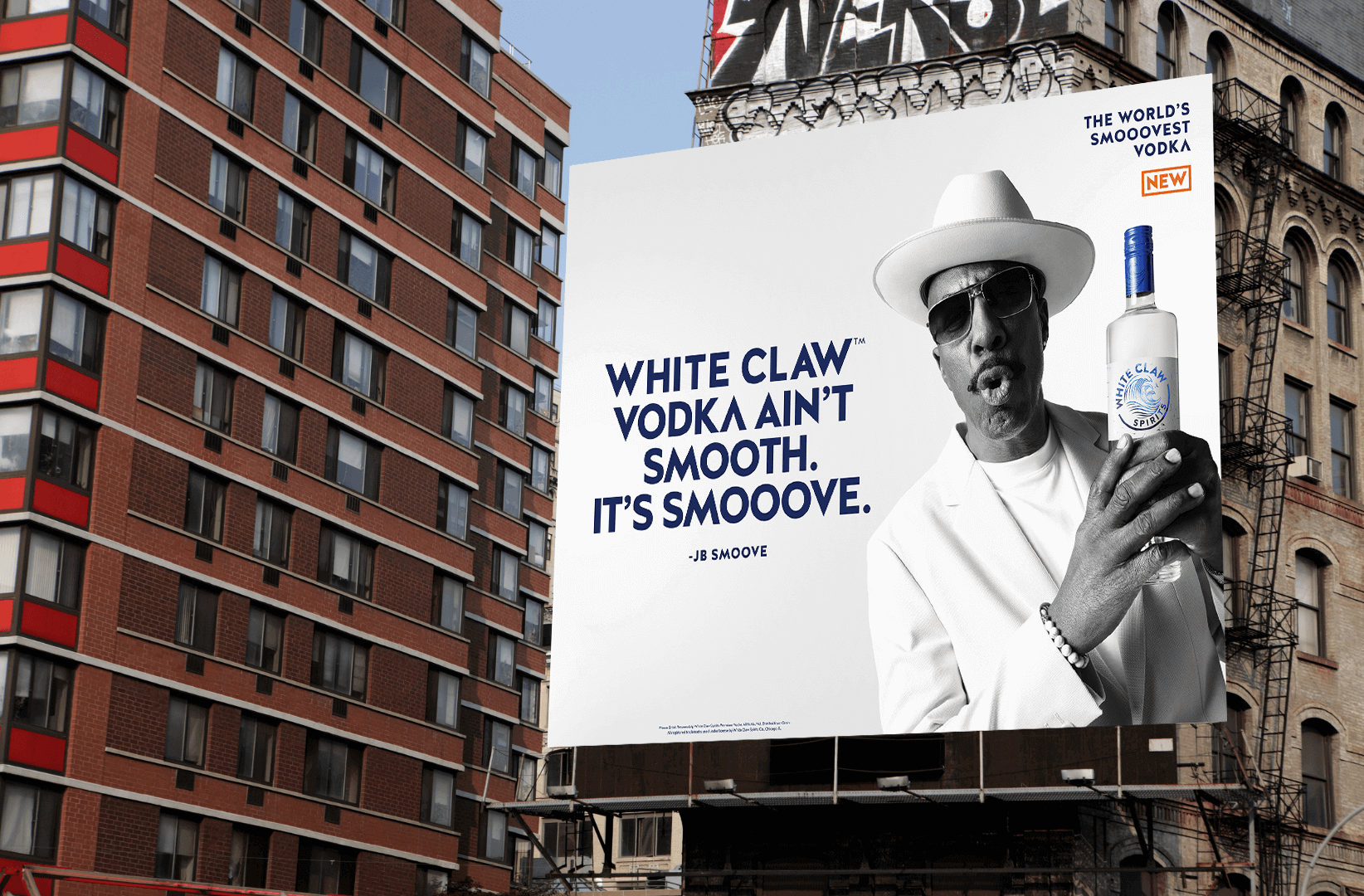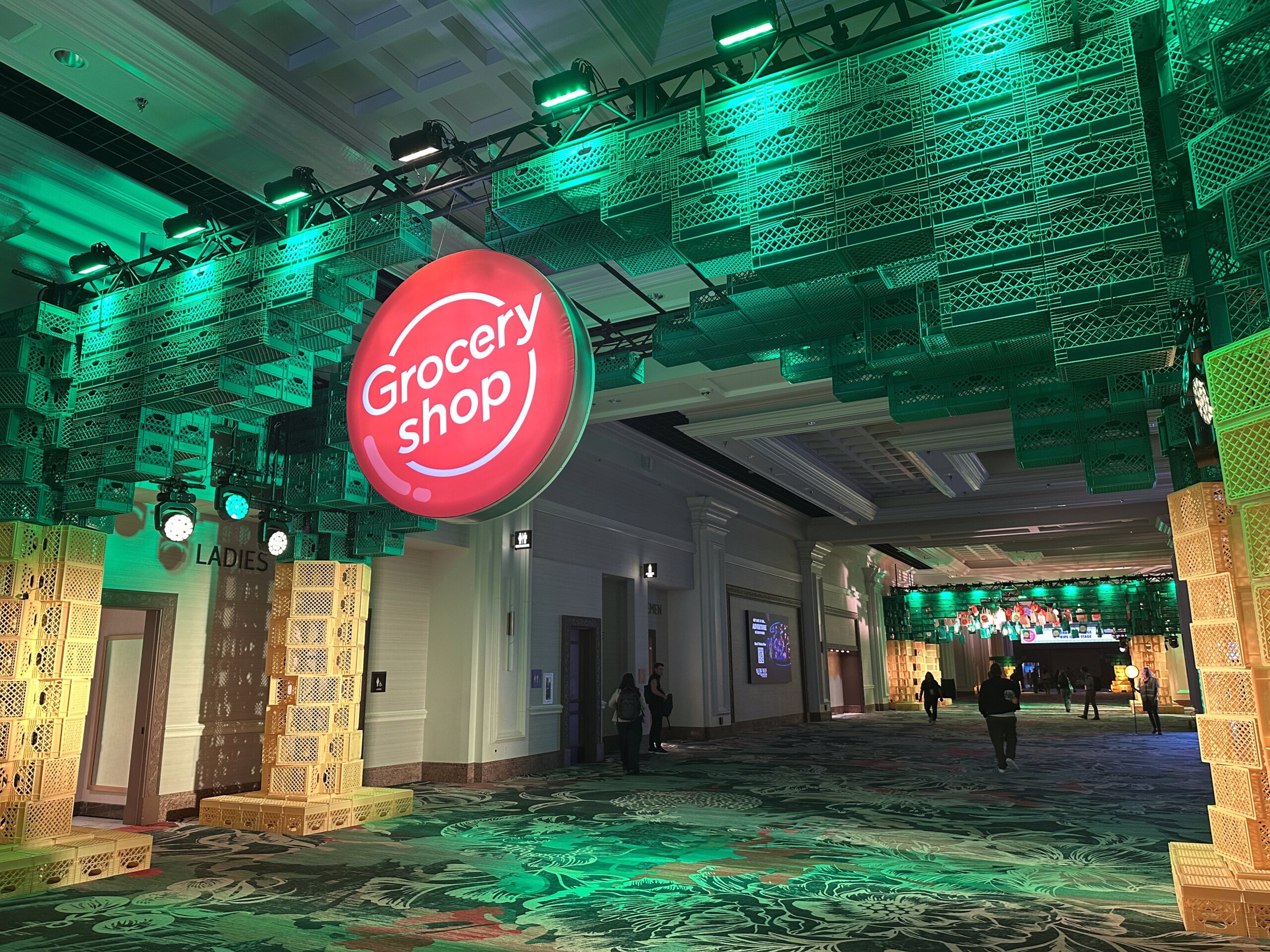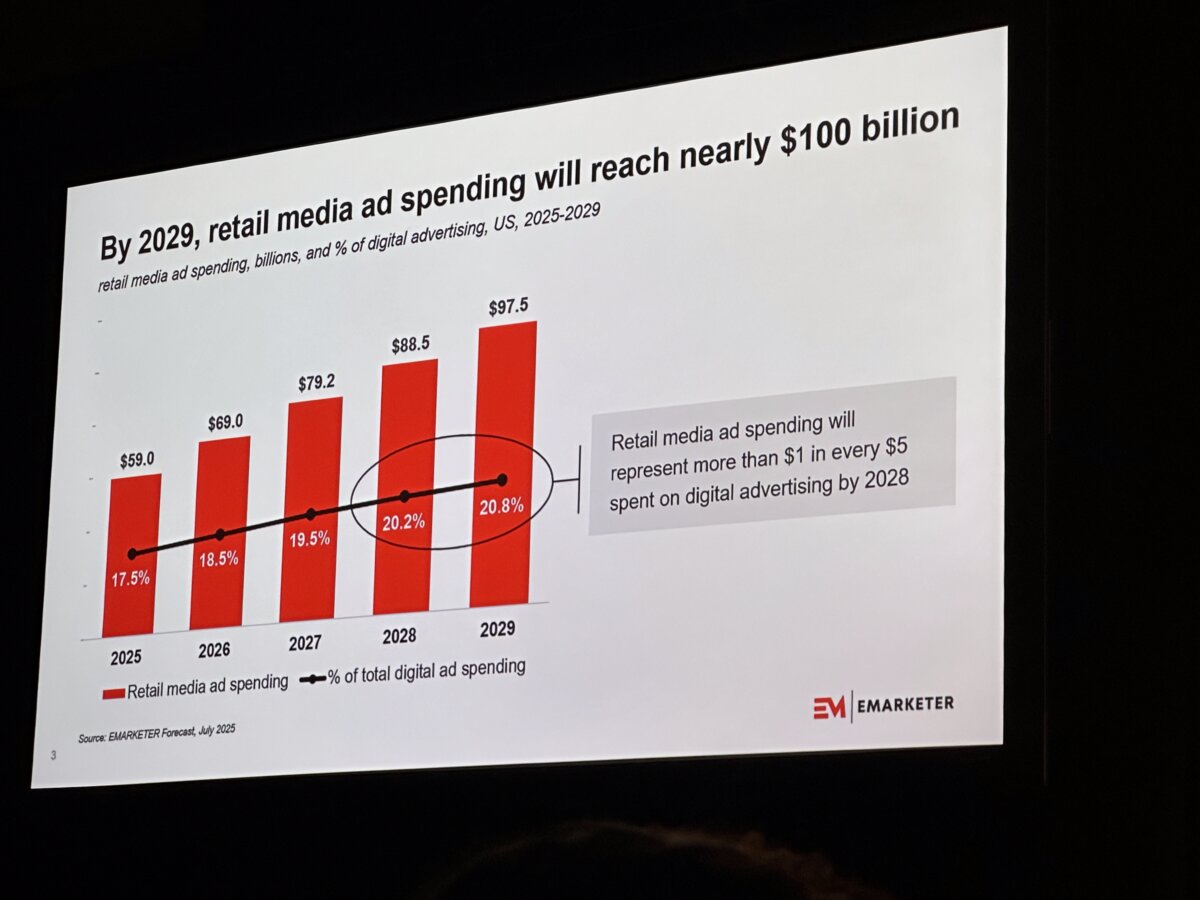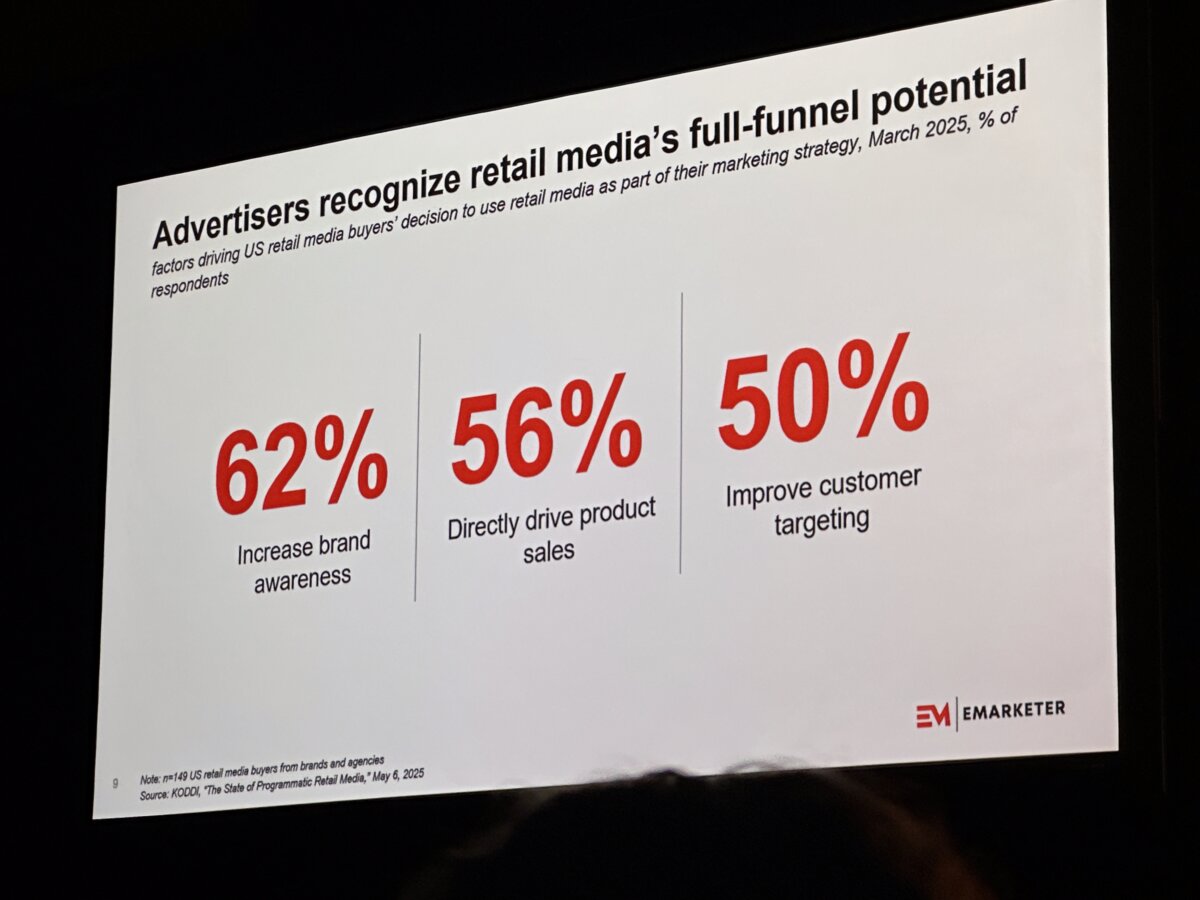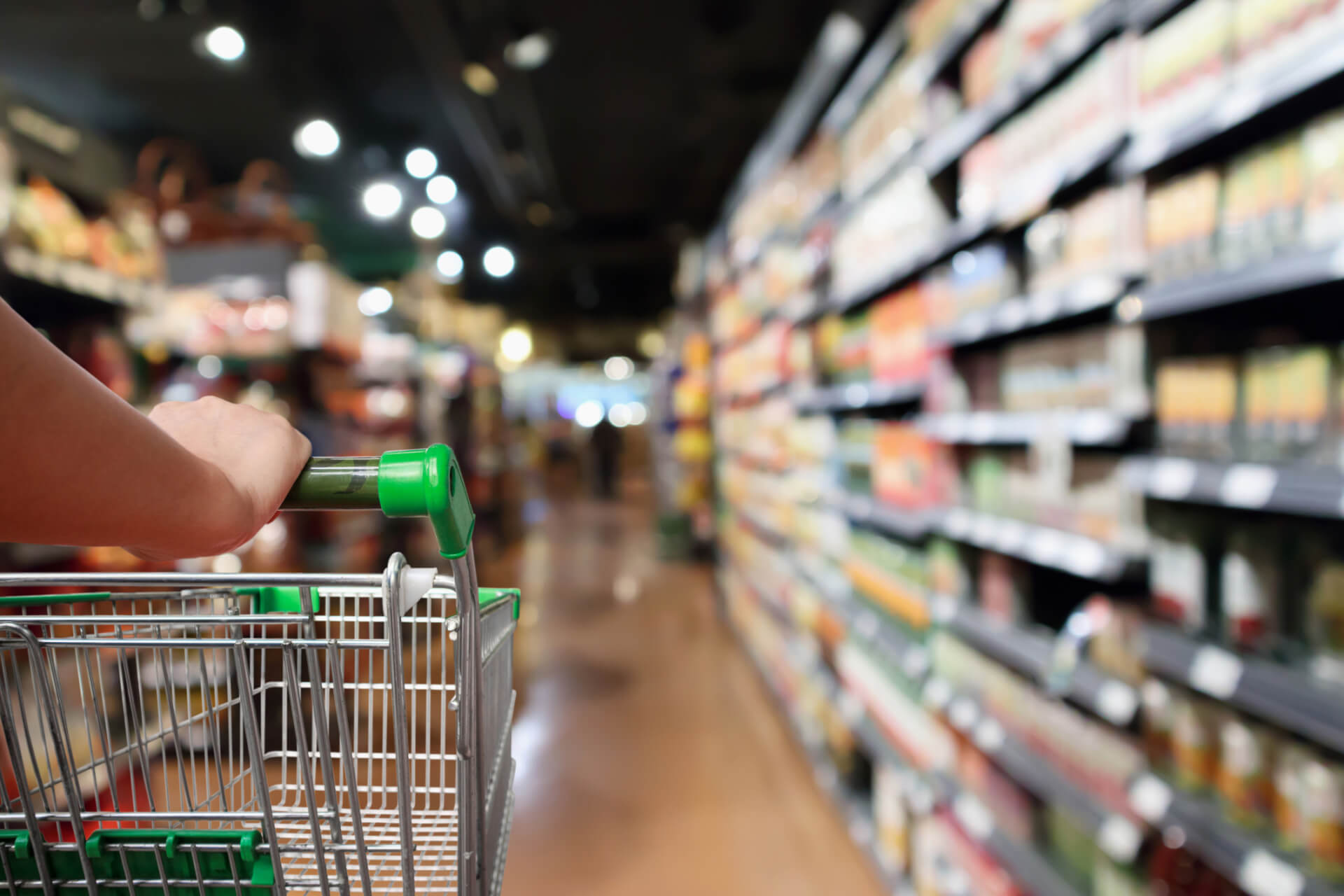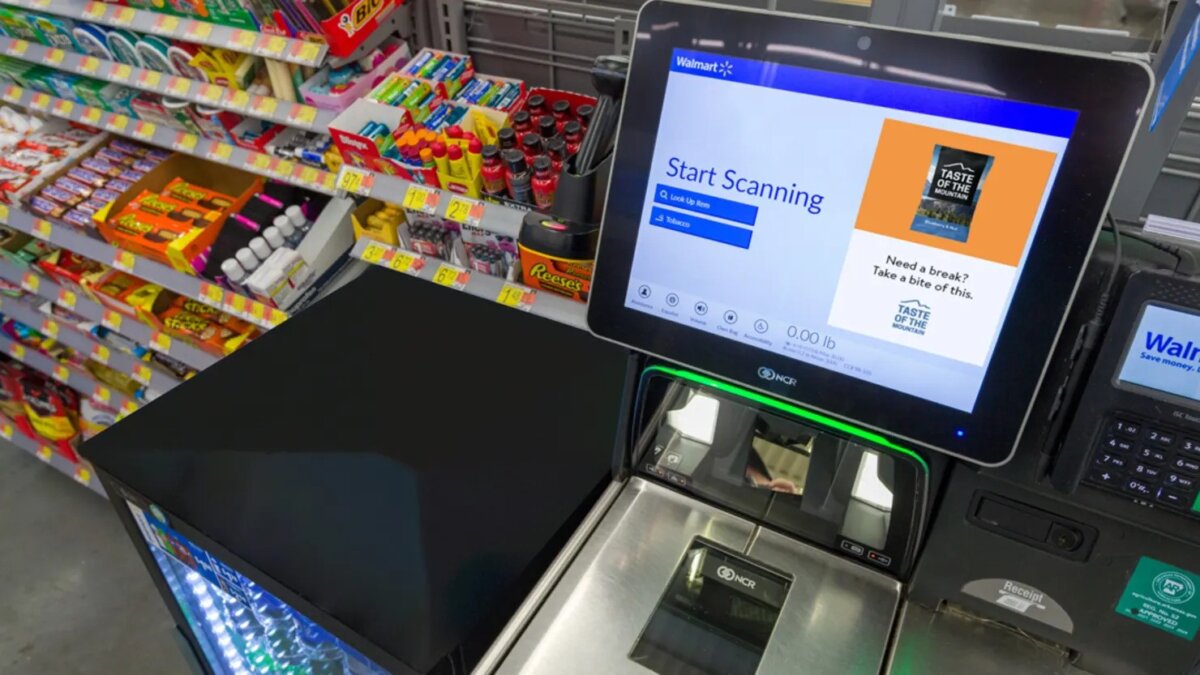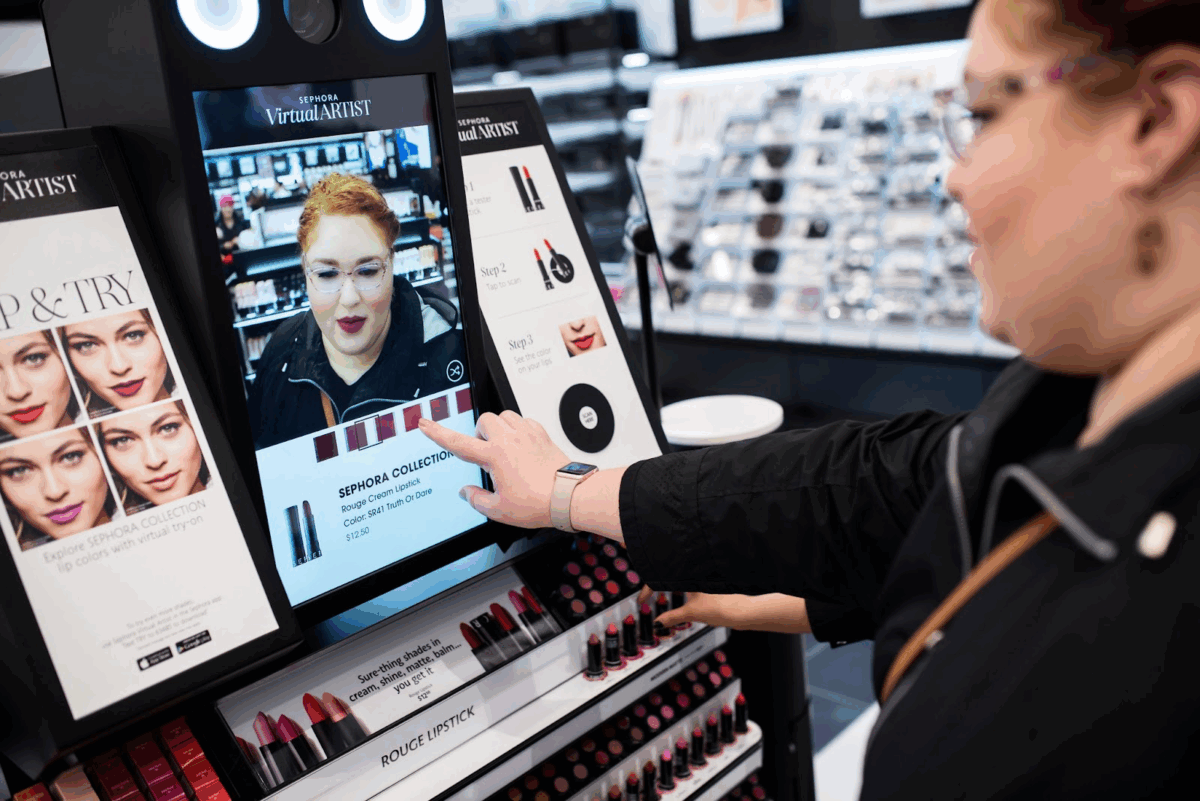| October 11, 2021
White Claw’s programmatic digital out-of-home campaign drives 74% lift in purchase consideration for vodka launch
Following its major growth after entering the hard seltzer market in 2016, global alcohol brand White Claw now holds over 50% U.S. market share in the category.
Created and manufactured under the Mark Anthony Group, the brand’s popularity surged with the release of White Claw Original, quickly becoming a favourite among millennials and young adults. It later expanded its offerings to include various hard seltzer and hard iced tea products like White Claw Surf™, White Claw Surge™, and White Claw Iced Tea™.
With a strong identity and loyal customer base, the brand sought to raise awareness for the launch of White Claw Spirits™ Premium Vodka, its first product in the spirits category. To do this, White Claw worked with agency partner Haworth Marketing + Media to run a programmatic digital out-of-home (pDOOH) campaign through Broadsign’s supply-side platform (SSP).
Objective & Strategy
Looking to drive impressions and sales, the DOOH campaign featured high-impact, high-energy ads starring actor and comedian JB Smoove. Made up of static and digital inventory, it was executed as part of the brand’s ‘Smooove Thoughts’ omnichannel campaign alongside other channels like online video, connected TV, paid social, and display.
The ads ran across major U.S. markets like NYC, LA, Chicago, Miami, Tampa, Dallas, Austin, Atlanta, Las Vegas, Philadelphia, and Indianapolis. To reach legal drinking-age adults, especially Gen Z, Millennials, and Young Professionals aged 25-44, the brand strategically activated ads in key locations and venue types frequented by its target demographic.
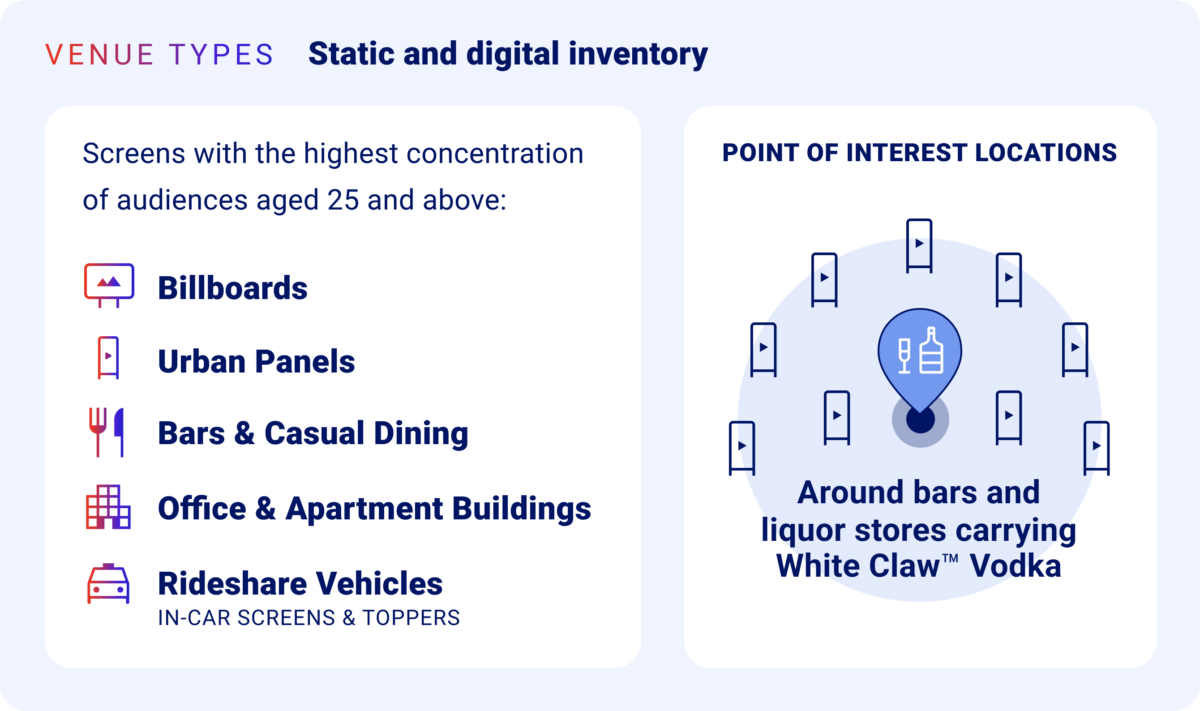
Employing contextual targeting, ads were placed in entertainment venues like bars and casual dining spots, as well as in office buildings, residential apartments, rideshare vehicles including in-car screens and toppers, and on outdoor billboards and urban panels. Additionally, screens with the highest concentration of audiences aged 25 and above were specifically chosen.
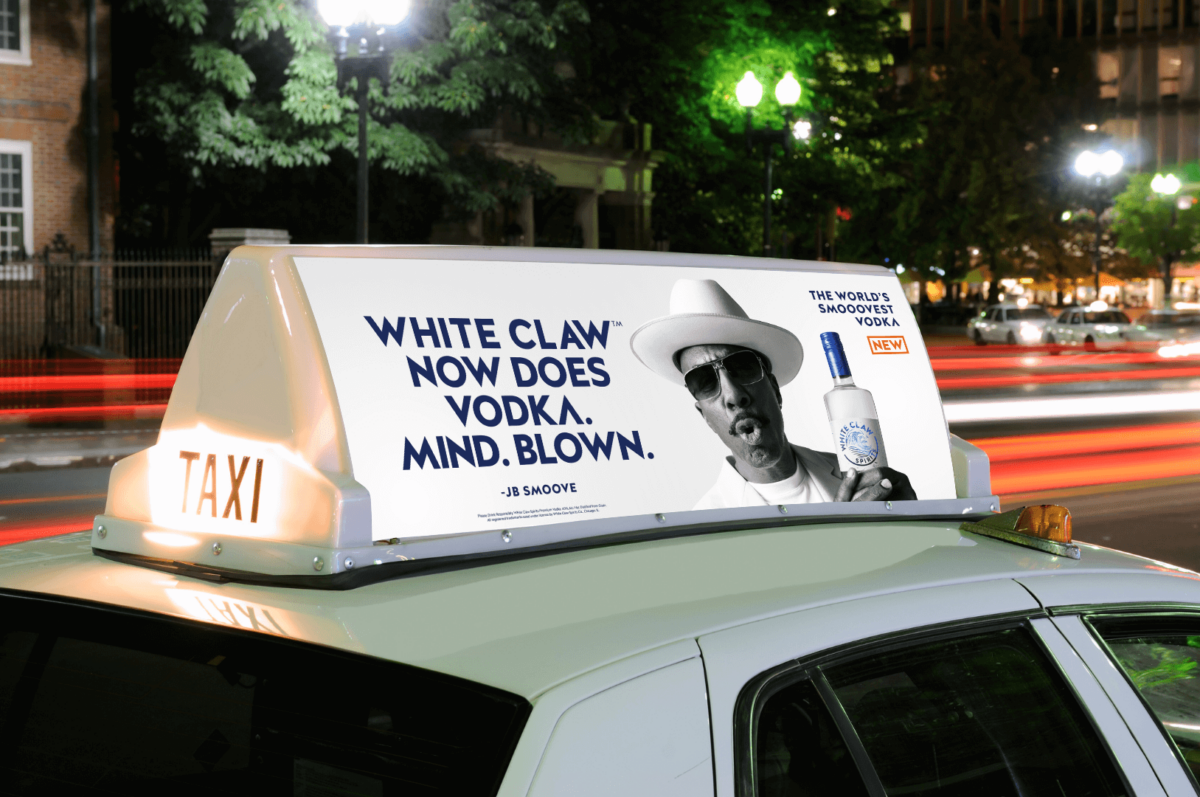
Point of interest locations were also included, with White Claw placing ads in a certain radius around bars and liquor stores that carry its vodka line. Ad creative featured eye-catching visuals with JB Smoove delivering the tagline “White Claw™ Vodka Ain’t Smooth. It’s Smooove”, cleverly reflecting the vodka’s smooth finish.
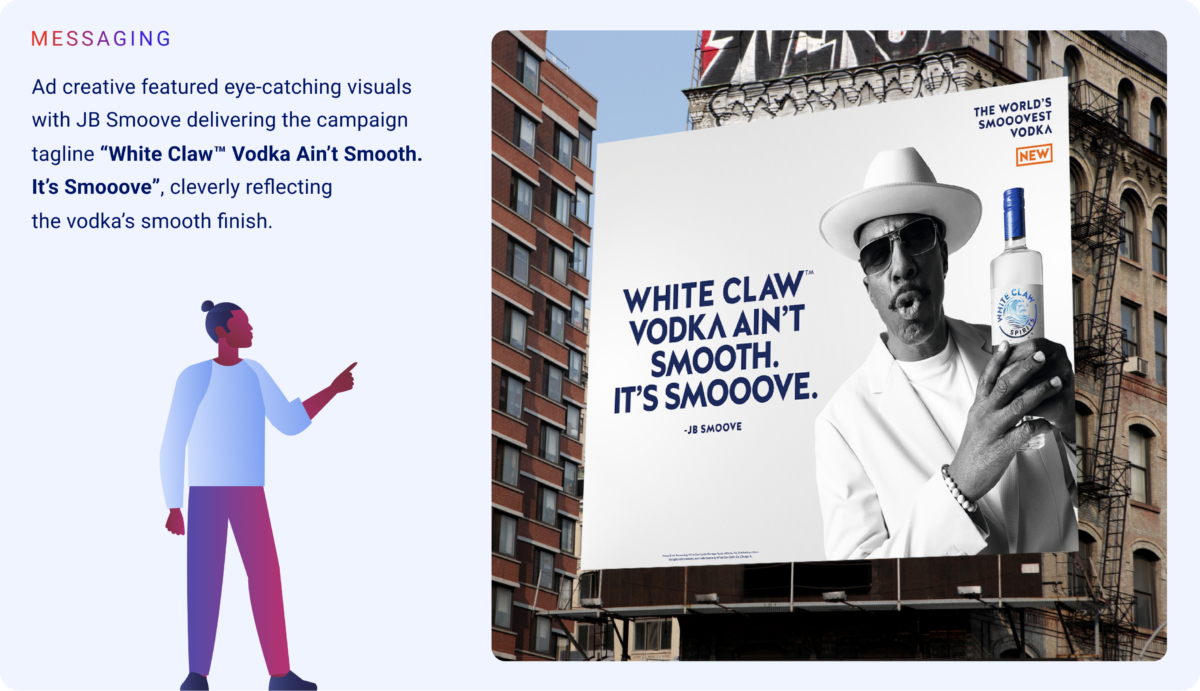
Technology Partners
Broadsign leveraged its DOOH expertise to create detailed campaign proposals alongside Haworth, identifying audiences, locations, and other campaign parameters that were then uploaded and executed via an omnichannel DSP.
With the campaign set to run across multiple markets, the proposal included a comprehensive inventory list from several OOH media owners that aligned with the targeting specifications for each geographic area. Since each inventory line included screens from several media owners, operators at the DSP could select and upload curated packages of different environments and venue types, simplifying the campaign setup and cutting down the time it took to activate this complex campaign.
Device IDs exposed to programmatic OOH during the campaign were used as a retargeting audience for programmatic OLV/CTV tactics.
Results
Two brand lift studies were conducted in collaboration with Broadsign and Happydemics to measure the impact of the ads on recall, brand image, and intent. The first campaign flight ran during a four-week period in the summer, from July 12th through August 13th, 2023. The second flight was during the winter campaign from November 20th through December 17th, 2023.
Big impact on brand preference
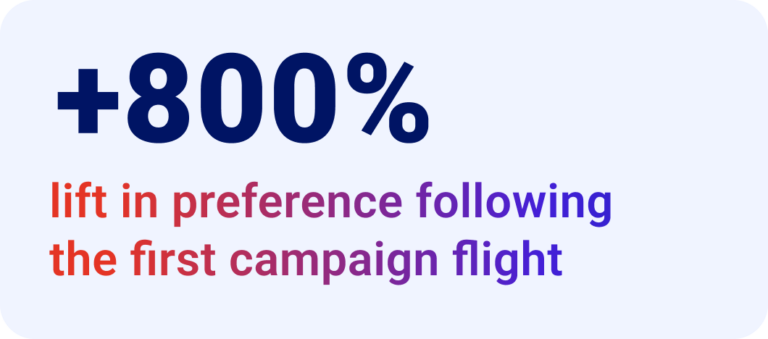
Being a new product at the beginning of the campaign, White Claw™ Vodka entered the market with a lower brand preference rating among consumers. Following the first campaign flight, the brand saw a +800% lift in preference, where nearly 10% of ad recallers said they preferred White Claw™ Vodka compared to just 1% of non-ad recallers. The upward trend continued during its winter campaign, with the product ranking as the second most preferred vodka amongst ad-recallers.
Strong ad recall rates
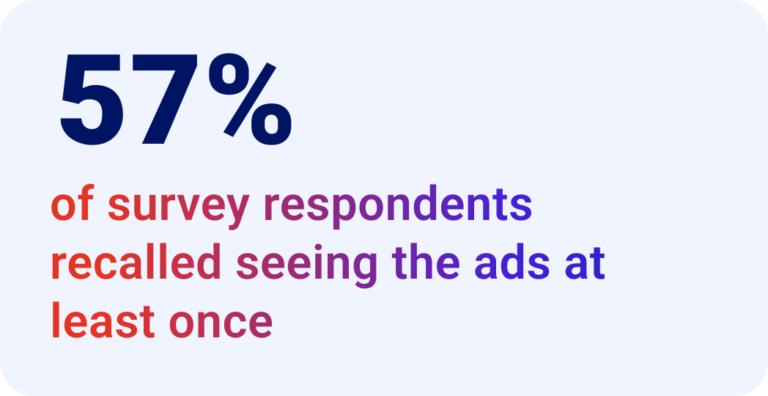
Repeated exposure drove a lasting impression among ad recallers, enhancing campaign effectiveness. The media mix included billboards and urban panels that resonated with the metropolitan crowd, resulting in over 84% of impressions. Other venue types, like office buildings, bars, and apartment buildings, rounded out the DOOH media, leading to 57% of survey respondents saying they saw the ads at least once.
Clear campaign attribution
Broadsign conducted two waves of research with Happydemics to track attribution. The brand’s summer campaign experienced a +33% uplift in attribution, where 44% of recallers could correctly identify the ads as referring to White Claw™ Vodka. With strong and clear messaging, the creative positioned the new product as a standout in the market, surpassing competitors by a considerable margin. The continuity of creative messaging across both summer and winter campaigns resulted in impressive outcomes for the new product launch.
Major boost in brand image and purchase consideration
More than an awareness channel, White Claw’s campaign demonstrated that OOH advertising positively influences brand image and purchase consideration. The summer flight resulted in a +144% lift in positive brand image, while the winter delivery elevated positive impressions with a +100% lift, proving audiences didn’t just remember the campaign – they liked what they saw.
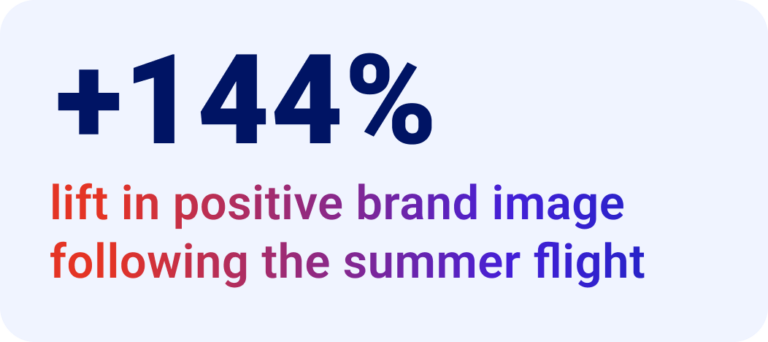
The brand was highly successful when it came to driving purchase consideration for White Claw™ Vodka: 1 in 3 ad recallers said they would ‘absolutely’ try its new spirit following the summer campaign. Overall, there was a +74% lift in consideration, where over half of ad recallers said they would consider trying the product compared to 31% of non-ad recallers.
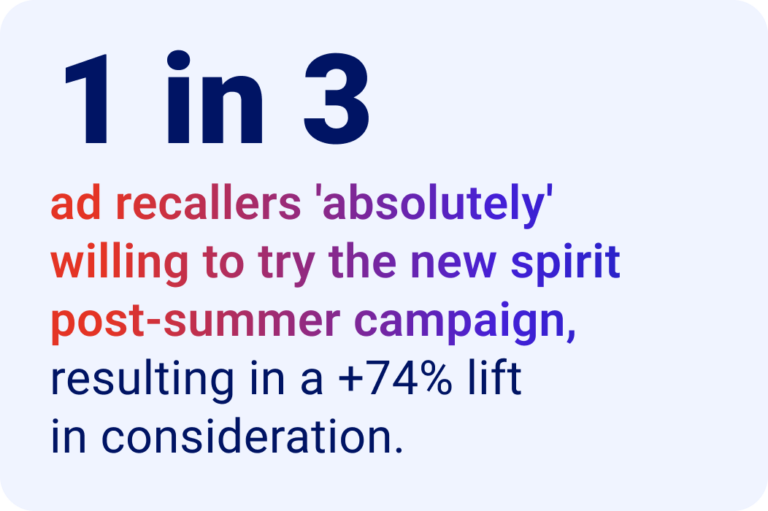
The winter campaign also moved the needle. Turning skeptics into potential buyers, results showed a 32% decrease in the ‘Not at All’ likely to consider category and a 13% decrease in the ‘Maybes,’ nudging fence-sitters and building momentum to try the new vodka product. The staggering 119% increase in the ‘Absolutely’ category proved OOH’s success in creating solid, committed White Claw™ Vodka enthusiasts.
Overall, White Claw’s campaign resulted in a bold OOH delivery that made a statement and caught audiences’ attention – a ‘smooove’ win for the brand.
